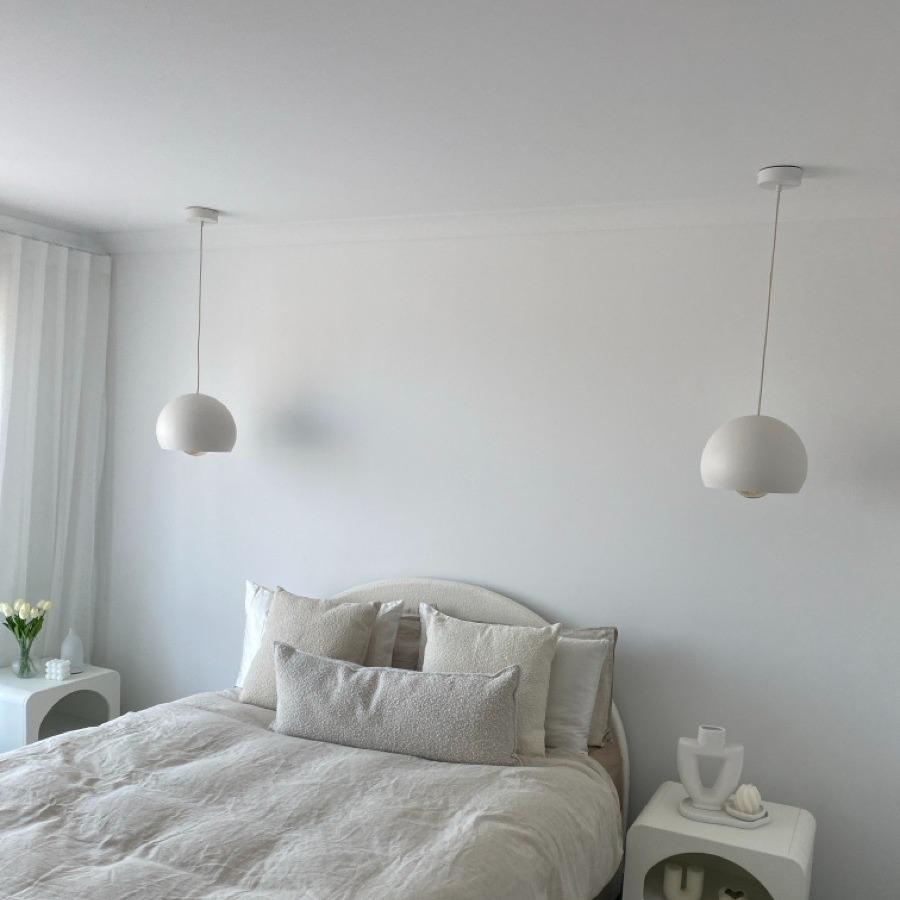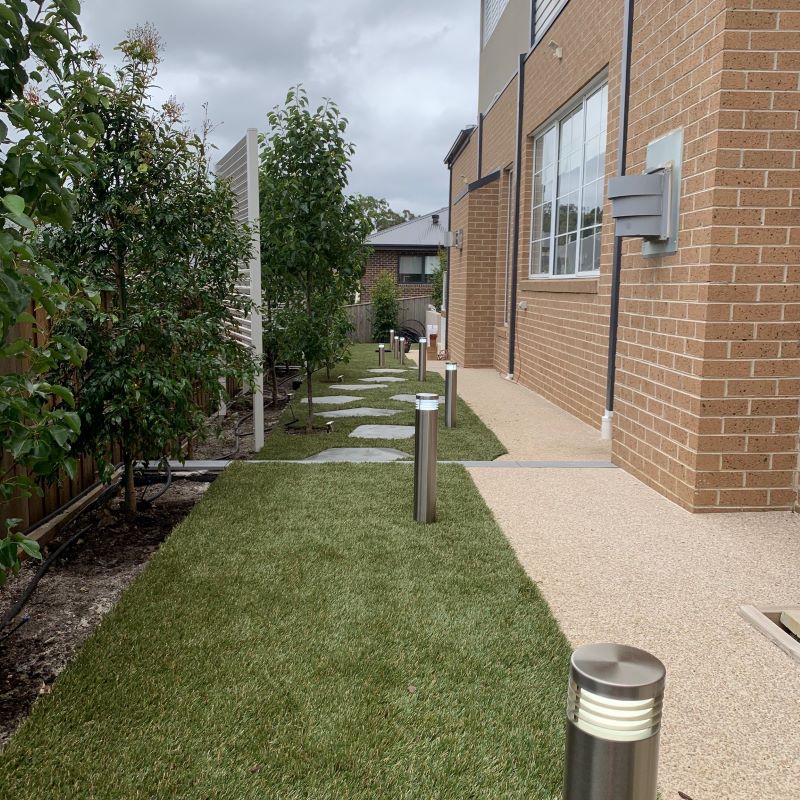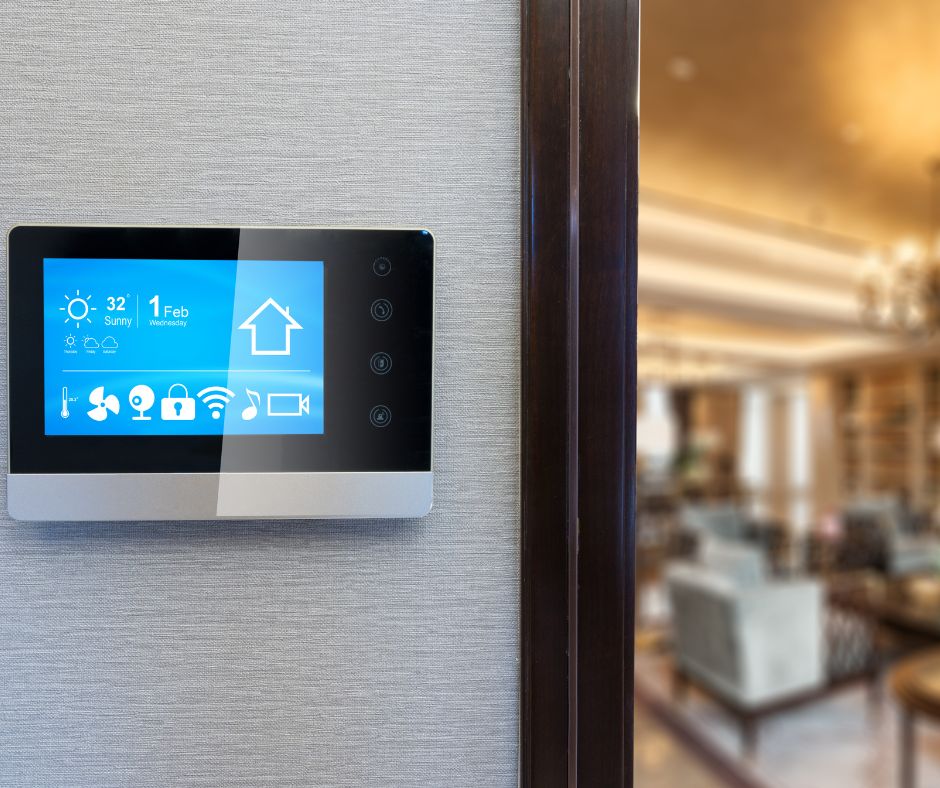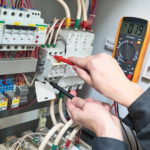Discover the Energy Savings Potential of LED Lighting
Transitioning from traditional halogen or incandescent lighting to LED lighting can lead to a remarkable reduction in household lighting energy consumption by as much as 60%. Not only do LEDs have a longer lifespan, but they also emit significantly less heat and require only a fraction of the electricity compared to their older counterparts. According to the Australian Department of Industry, Science, Energy and Resources, LEDs stand out as the most efficient lighting solution currently available.

Understanding the Shift to LED Lighting
With the gradual phase-out of halogen and incandescent bulbs along with the decline of CFLs, households still relying on these outdated lighting technologies are effectively wasting money. In older suburbs like Narre Warren and Rowville, where many homes still utilise these antiquated fixtures, making the upgrade to LED lighting emerges as one of the most immediate and cost-effective strategies to significantly lower electricity bills. This is not merely a marketing gimmick; these savings are supported by government initiatives aimed at promoting energy efficiency.
This comprehensive guide delves into the operational mechanics of LED lighting, outlines the tangible savings you can expect, and showcases how Direct Point Electrical expertly installs safe, smart, and future-proof lighting systems in your home.
The Benefits of LED Technology: Efficiency, Longevity, and Safety
LEDs (Light Emitting Diodes) utilise advanced semiconductor technology to transform electrical energy into visible light. Unlike traditional incandescent or halogen bulbs, LEDs are incredibly efficient, wasting nearly no energy in the form of heat. This efficiency not only translates to lower energy bills but also enhances safety within your home.
Explore the Key Advantages of LED Lighting:
- Up to 60% reduction in energy consumption compared to halogen lighting solutions.
- Exceptional lifespan ranging from 25,000 to 50,000 hours, vastly exceeding the ~1,000 hours typical for incandescent bulbs.
- Cool operation reduces potential fire hazards, especially in ceiling cavities.
- Dimmable and compatible with smart home technologies, allowing integration with most automation platforms.
- Instantly reaches full brightness without the need for any warm-up period.
For further information, refer to the source: Energy.gov.au.
Understanding Your 60% Energy Savings Breakdown
The typical Australian household allocates approximately 8–15% of its energy bill towards lighting. By replacing 20 halogen downlights (50W each) with 20 LED equivalents (10W each), you can dramatically reduce lighting consumption from 1,000W down to 200W, resulting in an incredible 80% reduction in wattage.
Even when accounting for variations in usage and the potential for dimming, most households experience genuine 50–60% savings on their lighting-related energy expenses.
Consider this example:
- Before LED Upgrade: $300/year on lighting
- After LED Upgrade: Approximately ~$120/year
- Annual Savings: $180
- Payback Period: Typically under 18 months
The Best Areas to Start Your LED Installation
We strongly recommend prioritising installations in high-usage areas of your home, including:
- Kitchens (utilising task lighting and downlights)
- Living areas (with ambient and dimmable options)
- Bathrooms (incorporating waterproof IP-rated fittings)
- Hallways and stairs (featuring motion sensor and low-voltage options)
- Outdoor lighting (including floodlights, security spots, and garden features)
Additionally, we can assist in upgrading garage, patio, or shed lighting, ensuring safe installations with IP-rated and corrosion-resistant fittings.
For more information, explore our lighting page.

Identifying Quality LED Installation Standards
It is essential to understand that not all LEDs are created equal. We've encountered budget installations that flicker, fail prematurely, or even cause circuit interruptions. At Direct Point Electrical, we utilise only approved fittings that comply with AS/NZS 60598.1 standards and are registered with the Equipment Safety Scheme (EESS).
Our installation process guarantees:
- Compatible dimmers and drivers for seamless operation
- Correct beam angles tailored for each room type
- Fire-rated recessed housings where necessary
- Separation from insulation as per AS/NZS 3000 Clause 4.5
- Switchboard RCD protection when new circuits are integrated
Integrating Smart Lighting Solutions and Home Automation
Modern LED lighting systems can seamlessly connect with:
- Motion sensors for enhanced energy savings
- Daylight sensors that adjust lighting levels automatically
- Smart switches or voice control options
- Scene scheduling capabilities via mobile apps
For those interested in smart home solutions, we specialise in installing systems compatible with:
- Google Home
- Amazon Alexa
- Apple HomeKit
For more guidance, check out our Home Automation Wiring service.

Exploring Rebates and Energy Efficiency Schemes in Victoria
Through the Victorian Energy Upgrades (VEU) program, numerous households may qualify for subsidised lighting upgrades, especially when replacing non-compliant or high-wattage fixtures. While rebate offers fluctuate, we are more than willing to assess your eligibility. For detailed information on this scheme, visit: EnergySaver.vic.gov.au.
Avoiding Common Pitfalls in LED Installations
- Using non-dimmable LEDs on dimmer circuits can lead to malfunction.
- Installing low-quality, off-brand fittings may result in poor performance.
- Overloading existing transformers can cause failures or hazards.
- Incorrect IP ratings in wet zones pose safety risks.
- Insufficient spacing from insulation increases the risk of overheating.
All of our work is fully licensed, and we provide a Certificate of Electrical Safety (COES) for every LED installation completed.
Helpful Internal Links for Further Exploration
Frequently Asked Questions about LED Lighting
Do LEDs truly save that much electricity?
Absolutely. LEDs consume approximately 80–90% less energy compared to traditional globes. Consequently, most households typically enjoy savings of 50–60% on their lighting energy use.
Can you simply replace bulbs, or is rewiring necessary?
This varies. If you’re using plug-in LED bulbs, no rewiring is needed. However, integrated LED downlights often require new fittings or transformers.
Are LEDs superior to CFLs?
Indeed. LEDs have a longer lifespan, achieve instant brightness, and do not contain hazardous materials like mercury. CFLs are being phased out to comply with energy standards.
Is it possible to dim LED lights?
Yes, but only if you use compatible dimmable models alongside approved dimmer switches.
Is it necessary to hire a licensed electrician for LED installations?
Yes, especially when installing recessed downlights or modifying circuits. DIY electrical work is illegal in Victoria.
Your Path to Energy-Efficient LED Lighting Solutions
Upgrading to LED lighting represents one of the swiftest methods to significantly lower your energy expenses without compromising on comfort or aesthetic appeal. Whether you are in the midst of a renovation, retrofitting an existing space, or constructing a new one, we are here to assist you in obtaining the most efficient and compliant lighting system possible.
For prompt, professional installation and innovative design solutions, reach out to Direct Point Electrical—your trusted lighting specialists in Melbourne’s outer eastern suburbs.



It’s fascinating how much energy we can conserve simply by switching to LED lighting! I made the transition last year in my home and noticed not just a reduction in my electricity bill, but also an improvement in the overall ambiance—LEDs can really enhance the warm glow in living spaces. It’s surprising to realize how many people are still holding onto those older bulbs, especially in neighborhoods like Narre Warren and Rowville. Beyond just the financial savings, I think it’s a huge step toward reducing our carbon footprints.
It’s great to hear about your positive experience with LED lighting! You’re spot on about how they can transform a space. The warm glow can really make a difference in how we feel at home, adding a cozy vibe.
I’ve been really thinking about the shift to LED lighting lately and how much it actually impacts our energy bills. We made the switch in our home last year, and not only did we notice a drop in our electricity costs, but it’s amazing how much less heat they emit compared to incandescent bulbs. In summer, that made a big difference in keeping our rooms cooler without cranking up the air conditioning.
It’s interesting to see how much of a difference switching to LED lighting can make, not just in energy savings but in overall comfort too. I recently replaced all the bulbs in my home, and not only did my energy bill drop, but it also created a warmer, more pleasant atmosphere. The heat reduction is a big bonus, especially during summer months!
It’s great to hear about your experience with switching to LED lighting. Many people don’t realize just how much of an impact the right lighting can have, not only on energy bills but also on the overall feel of a space. It sounds like you’ve created a cozy atmosphere that’s enjoyable throughout your home.
It’s fascinating to see how a simple switch to LED lighting can create such a significant impact—not just on our energy bills, but also on the environment. I recently made the change in my own home, and it felt like a small step that contributed to a larger goal of sustainability. Beyond the practical benefits, there’s something quite satisfying about knowing that I’m reducing my carbon footprint, even if it’s just by changing a light bulb.
It’s great to hear about your experience with LED lighting. It really is one of those changes that seems small on the surface, but it has a ripple effect that can contribute to our collective sustainability efforts. Beyond lowering energy bills, each step we take helps create a culture of mindfulness about consumption.
It’s fascinating to see how much of an impact something as simple as switching to LED lighting can have on our energy consumption and overall utility bills. I made the transition in my own home a couple of years ago, and I was genuinely surprised by how much brighter and more inviting my spaces felt—without the harsh heat of incandescent bulbs.
Switching to LED lighting really can transform a space, can’t it? It’s great to hear that you made the change and found your home feeling brighter and more inviting. One aspect I find interesting about LEDs is how they can affect the mood in a room. The soft, warm light they emit can create a cozy atmosphere, perfect for relaxing evenings or entertaining friends.
It’s interesting to see the emphasis on LED lighting not just as a technological upgrade, but as a significant step towards energy efficiency and environmental responsibility. In my own experience, switching to LED bulbs has not only reduced our electricity bills but also made a noticeable difference in the comfort of our living space due to the reduced heat output. I often wonder how the shift away from older lighting technologies will affect local economies, especially in areas like Narre Warren and Rowville where many residents might be hesitant to invest in the change due to upfront costs.
You bring up some really valid points about the multifaceted benefits of switching to LED lighting. It’s interesting how something as seemingly simple as changing a light bulb can have such a wide-ranging impact. Your experience with reduced heat output really highlights how efficient LEDs can make a living environment more comfortable, especially during the warmer months.
Transitioning to LED lighting is a prime example of how small changes can yield significant savings—both in energy consumption and cost. I recently replaced all the bulbs in my home, and it was eye-opening to see the immediate difference in my electricity bill. Beyond the financial aspect, I’ve also noticed an improvement in ambiance; LED lighting offers a range of colors that can completely transform a space.
It’s interesting to see how much of a difference switching to LED lighting can make—not just for our energy bills but for our comfort at home, too. I made the transition in my own house last year, and I was pleasantly surprised by how much warmer and inviting the light feels compared to the harsh glow of old halogen bulbs. Plus, the reduced heat output means my living room is much more comfortable during the warmer months.
Ah, the age-old battle of lightbulbs! It’s like watching a soap opera where the cast has been replaced every few seasons. I think we can all agree that transitioning from those halogen and incandescent bulbs feels a bit like trading in an old, clunky car for a sleek, fuel-efficient model. You know the one — the kind that you can practically hear whispering “eco-friendly” every time you turn it on. The idea that we can save up to 60% in lighting energy consumption is not just some flashy marketing gimmick; it’s practically a golden ticket to lower energy bills (which, let’s be honest, could use all the help they can get).